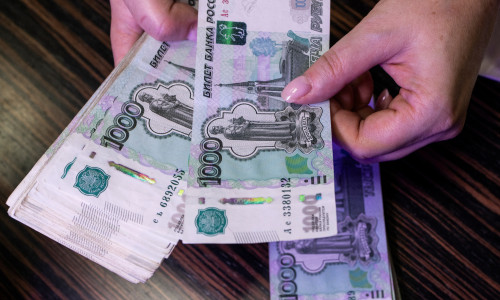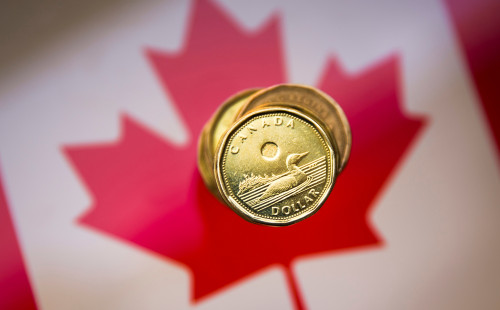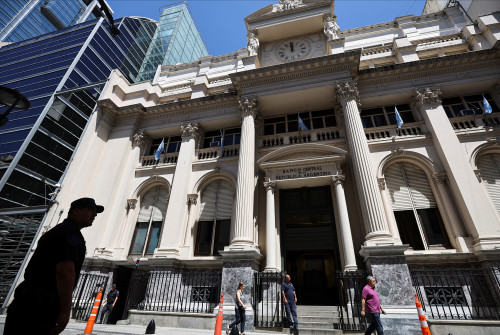
By Darya Korsunskaya
MOSCOW (Reuters) -The Russian economy could cope with the rouble sliding back to 100 to the dollar but authorities worry that any correction from current levels could spiral out of control, a senior government source has told Reuters.
The rouble has surged about 40% against the dollar to around 80 this year. Analysts widely see it as overvalued and cite a failure of Ukraine peace talks, a possible interest rate cut and further falls in oil prices as likely triggers for a slide.
A senior government source, who spoke on condition of anonymity, said there was broad interest in a weaker rouble, perhaps at around 100 to the dollar, as long as the fall was steady and did not go much further.
A weaker rouble would help the government to replenish state coffers at a time when a fall in oil revenues – caused by the rouble’s strength as well as international sanctions and a fall in global market prices – has forced it to triple this year’s deficit forecast.
The rouble has risen mainly on expectations of a peaceful settlement in Ukraine and falling imports, as high domestic interest rates mean Russian firms and households can no longer afford to take expensive loans or buy foreign-made goods.
But analysts say a negative outcome to the first direct talks between Russia and Ukraine in three years or new Western sanctions could trigger heavy buying of foreign currency.
Russian President Vladimir Putin was due to hold a call with U.S. President Donald Trump at 1400 GMT on Monday that had the potential to affect perceptions of the prospects for peace.
The source said that a rouble rate as weak as 110-120 to the dollar would benefit the budget by boosting oil revenue in roubles, but that neither the central bank nor the government would welcome the accompanying rise in inflation.
INTEREST RATE MAY HAVE PEAKED
The central bank raised its key interest rate to 21% last year, the highest level since the early 2000s. However, with the latest data showing that the economy and inflation are slowing sharply, many economists are predicting a rate cut as early as this summer.
The source said that in a small and fragmented market, where China’s yuan has become the most traded foreign currency since Western sanctions were imposed on the Moscow Stock Exchange, even small trading volumes could move the dollar rate.
The authorities steer the market through mandatory foreign exchange sales for exporting companies, daily forex interventions and capital controls, imposed after Russia sent its army into Ukraine in 2022.
The source’s view was broadly in line with the government’s forecast of an average exchange rate of 94.3 roubles to the dollar this year.
Most analysts agree that the rouble is overvalued. In Reuters’ latest poll, economists see the rouble at 95 to the dollar in 12 months. The U.S. bank Goldman Sachs sees the rouble back at 100 to the dollar by midsummer.
“Currently, the rouble is overvalued. Determining the extent is a complex question,” said Dmitry Belousov, head of the TsMAKP think tank, which advises the government, who said a fall in oil prices could trigger a rouble slide.
“There are risks that it might overshoot due to purely psychological reasons,” Belousov added.
Economist Evgeny Kogan said the rouble’s real exchange rate, adjusted for inflation, was 12% stronger than in 2019 and 14.9% stronger than the 10-year average. He pointed to a clear failure in peace talks as the biggest potential trigger for a slide.
“Russian and international capital have entered Russia hoping that negotiations will advance and sanctions, especially financial ones, will be eased,” he said. “If these hopes are not realised, this capital will quickly turn around and leave.”
(Writing by Gleb Bryanski; Editing by Kevin Liffey)






